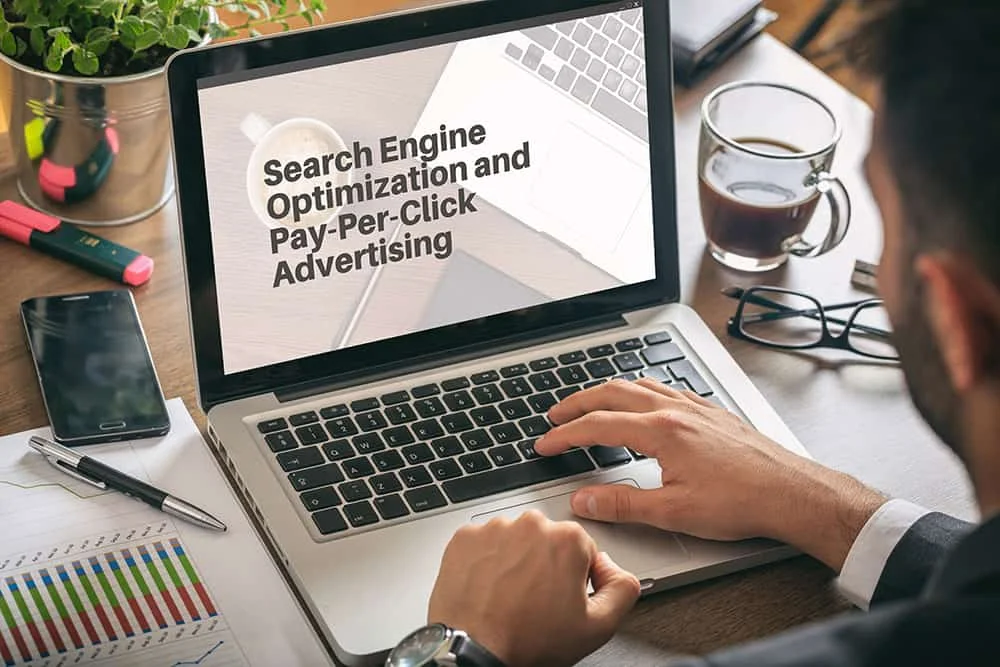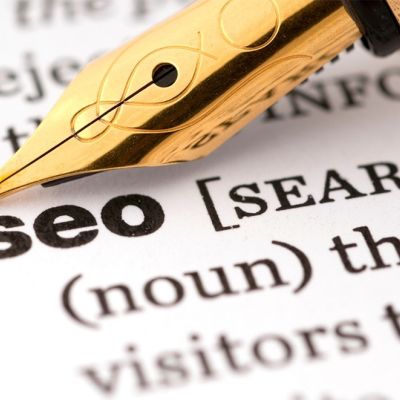6 Ways SEO And PPC Are Better When Used Together
Table of Contents
SEO and PPC are some of the most popular and versatile marketing strategies available today. They approach the target audience from different angles as one is a paid strategy, and the other is an organic technique.

Experienced marketers know that SEO and PPC complement each other well in a well-planned marketing campaign. These techniques, are in fact stronger when used in tandem. Here’s a look at how this works:
1. SEO and PPC – Dominating The First Page
It’s no longer enough to appear at the top of the search engine results page. You need to dominate it by getting as many links there as possible. A combination of PPC and SEO can help you reach that goal. All ads are placed at the top of the SERP, which means they immediately catch a user’s attention.
Most people scroll down to get to organic results because they don’t trust ads. If your brand name also dominates these organic results, you leave a lasting impression on the prospective customer’s mind.
Many business owners lower their PPC ads spend when their SEO takes off, but that can be a mistake. Ads can generate around 89% of the traffic, and if you stop running them, you can lose on that traffic. Organic traffic numbers don’t rise miraculously if you stop running ads. A good strategy and a balanced budget ensure both campaigns get the attention they deserve.
2. Gaining Performance Data
Every marketing campaign generates a lot of information. Analytics programs like Google Ads record every interaction between a user and an ad, which includes the time of the interaction, origin device, keyword, origin platform, resultant session time, conversions, etc. You can use this information to optimize your SEO campaign.
For example, if you notice that mobile phone users access most of your PPC ads, you can optimize your online presence for mobile phones. You can look at which keywords lead to conversions, incorporate them into SEO.
It is also possible to use data generated by SEO campaigns to optimize PPC. For example, if you notice you’re ranking for a specific keyword and gaining a lot of attention, you can incorporate it into your PPC campaign. The more data you collect, the better the marketing campaigns you’ll create. The information helps you understand your customers and their preferences better.
3. Quick Testing
SEO is an effective strategy, but it is also slow. Changes take a lot of time to show results, which means marketers don’t know if they have used the right strategy for a long time. PPC is fast, and the impact of every change is immediately noticeable. You can test things like different keywords, targeting parameters, ad copies through PPC campaigns at a reasonable cost and see results in a matter of days.
The information from these tests can be used to develop SEO campaigns. Instead of waiting for your organic strategy to show results, create test ads to get data quickly. This comes in handy, particularly when you don’t have an online presence or a good brand reputation.
4. A/B Testing
Sometimes you don’t even need to create full PPC campaigns to test different elements. Marketers use A/B testing to assess the effectiveness of headlines, meta tags, keywords, and other such features. You can you the information provided by these tests to refine your SEO strategy.
For example, a headline and subject that gets the most positive response in A/B testing can be used in your content marketing strategy. This saves you the trouble of working on a topic that won’t provide the results you expect. Run two different ads with different headings and topics. Look at the test reports to see which one attracts the most attention from your target audience. It is essential to target these at the right audience as the results won’t be accurate if you don’t.
5. Overcoming Negative PR
Negative PR is something every business faces at least once. Bad reviews, negative comments on social media, and even sabotage by competitors can damage your company’s reputation. You can use the combined forces of PPC and SEO to overcome this obstacle.
The idea is to make positive aspects of your brand more visible. For example, if your company was involved in some form of controversy, you can create PPC ads to target negative keywords and lead people to pages that show how you are addressing the wrong.
BP did this effectively during the Gulf oil spill. The company created PPC ads targeting ‘gulf oil spill’ and directed people to pages that described the cleanup efforts. This is a legitimate and reliable way to put a positive spin on negative PR. As PPC ads always show up at the top of the SERP, your side of the story features in a highly visible place.
6. Using Site Search to Get Data for PPC Campaigns
Site search is a useful tool that improves a customer’s experience on your platform. Instead of trying to find products by browsing through different categories, they can search for the item directly. In your next technical SEO optimization, be sure to add these features to your website.
You can use the most popular search teams as keywords for your PPC campaign. You already know the customers are interested in them, which means they’re more likely to get clicks.
Combining SEO and PPC helps you create a more streamlined marketing campaign that requires less investment and effort. You still get good ROI and can stay ahead of the competition if you plan your strategy well.
If you have any further questions about SEO and PPC, please don’t hesitate to contact us. We can also help you with writing content for any marketing or even blogs.
Categories
Latest Articles
Stay up to date
with news and
educational information
[hubspot type=”form” portal=”5213843″ id=”b19f3e1c-0beb-4946-9d04-2bb47dfa17e0″]











Leave a Comment
You must be logged in to post a comment.